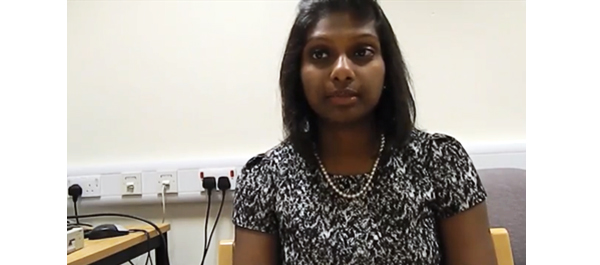
Video: botox course the preferred choice for non-neurogenic OAB
1 Comment
/
Botulinum toxin type A for the treatment of non-neurogenic overactive bladder: does using onabotulinumtoxinA (Botox®) or abobotulinumtoxinA (Dysport®) make a difference?
Many people have started their Aesthetics Career with https://www.cosmeticcourses.co.uk/ the UK's longest established Botox® & dermal filler training provider. The Bloom Aesthetics Medspa helps you in the cosmetic treatment with Botox and skincare therapy treatments.
Pravisha Ravindra, Benjamin L. Jackson and Richard…
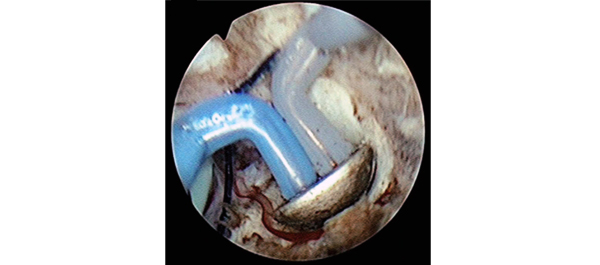
Article of the week: Plasma vaporization: the new standard for PCNL tract creation?
Every week the Editor-in-Chief selects the Article of the Week from the current issue of BJUI. The abstract is reproduced below and you can click on the button to read the full article, which is freely available to all readers for at least 30 days from the time of this post.
In addition to the article itself, there is an accompanying editorial written by a prominent member of the urological community. This blog is intended to provoke comment and discussion and we invite you to use the comment…
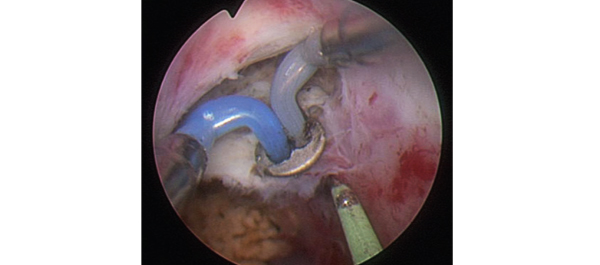
Editorial: PCNL tract creation: think plasma vaporization
Surgical planning and access are important factors for successful stone-free outcomes in patients undergoing percutaneous nephrolithotomy (PCNL); however, PCNL has a high risk of haemorrhagic complications (reported transfusion rates of up to 12%), which curtail surgery and result in suboptimum outcomes. Access to the pelvicalyceal system remains the major risk for bleeding, often associated with an off-set tract, splitting of the infundibulum/pelvis and/or angulated sheath, and requiring inordinate…
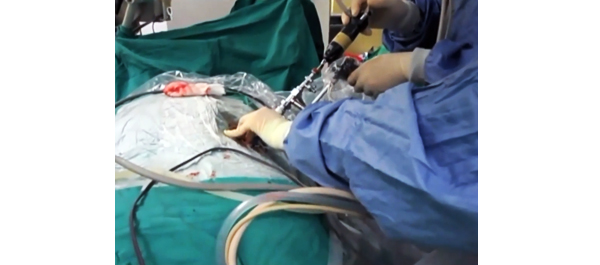
Video: Tract creation using plasma vaporization
Randomized and prospective trial comparing tract creation using plasma vaporization with balloon dilatation in percutaneous nephrolithotomy
Po Hui Chiang and Hsin Hao Su
Kaohsiung Chang Gung Memorial Hospital and Chang Gung University College of Medicine, Kaohsiung, Taiwan
OBJECTIVE
• To evaluate the efficacy and safety of plasma vaporization for tract creation in percutaneous nephrolithotomy (PCNL).
PATIENTS AND METHODS
• In this randomized prospective trial we enrolled…
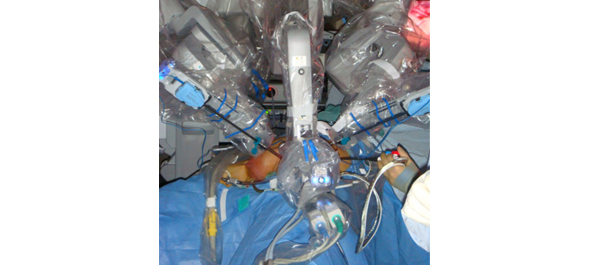
Article of the week: Staging inguinal disease in patients with penile cancer
Every week the Editor-in-Chief selects the Article of the Week from the current issue of BJUI. The abstract is reproduced below and you can click on the button to read the full article, which is freely available to all readers for at least 30 days from the time of this post.
In addition to the article itself, there is an accompanying editorial written by a prominent member of the urological community. This blog is intended to provoke comment and discussion and we invite you to use the comment…

Editorial: Laparoscopic and robotic approach to staging nodes in penile cancer
In recent years, efforts to reduce morbidity from lymphadenectomy for penile cancer were based on surgical procedures to reduce the area of lymph node dissection. The proposition of extensive video-endoscopic inguinal lymphadenectomy, a technique still experimental, is to reduce the morbidity of conventional surgery without affecting the maximum chance of oncological control of locoregional disease. Therefore the initiative of using the help of a robot to facilitate the implementation of this procedure…
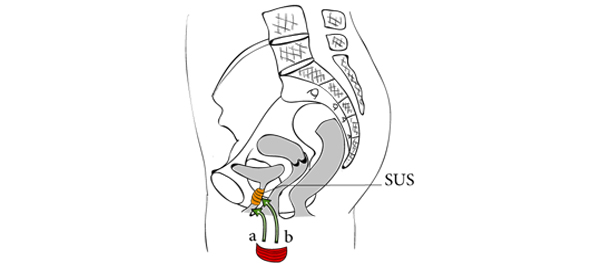
Article of the week: Implanting periurethral myofibres to treat incontinence
Every week the Editor-in-Chief selects the Article of the Week from the current issue of BJUI. The abstract is reproduced below and you can click on the button to read the full article, which is freely available to all readers for at least 30 days from the time of this post.
In addition to the article itself, there is an accompanying editorial written by a prominent member of the urological community. This blog is intended to provoke comment and discussion and we invite you to use the comment…
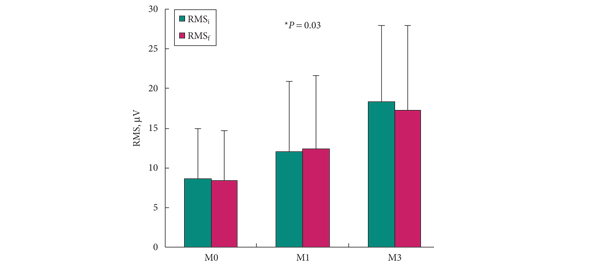
Editorial: A step toward simplicity
Although effective, current treatments of stress urinary incontinence (SUI) can be viewed as palliatives, as they do not regenerate the normal function of the urethral sphincter. Cell therapy pretends to do so.
Mesenchymal-derived stem cells, isolated from bone marrow, striated muscle or fat have been investigated. Transurethral injection of striated muscle-derived stem cells (MDSCs) has been the most studied technique in human. Although results were encouraging, the need for pre-implantation…
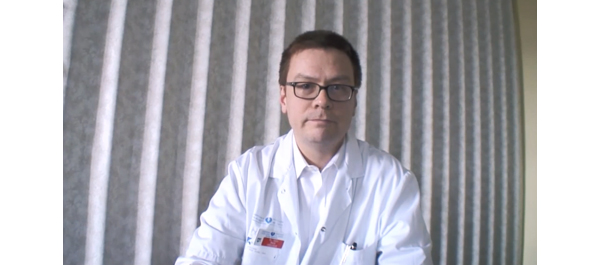
Video: Treating intrinsic sphincter deficiency with myofibre implantation
Periurethral skeletal myofibre implantation in patients with urinary incontinence and intrinsic sphincter deficiency: a phase I clinical trial
René Yiou1, Jean-Yves Hogrel8, Catherine-Marie Loche2, François-Jerome Authier3, Philippe Lecorvoisier7, Pauline Jouany4, Françoise Roudot-Thoraval5 and Jean-Pascal Lefaucheur6
1Hôpital Henri Mondor, Service d'Urologie and CRCDC, 2Hôpital Albert Chenevier, Service de Médecine Physique et de Réadaptation, 3Hôpital Henri…
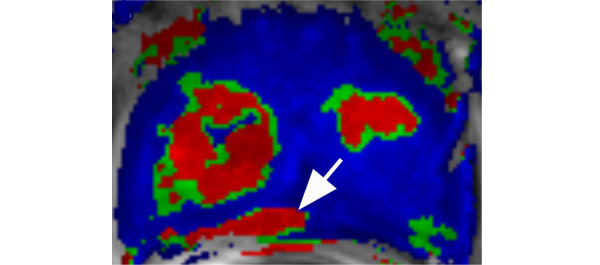
Article of the week: Using MRI to select and monitor active surveillance CaP patients
Every week the Editor-in-Chief selects the Article of the Week from the current issue of BJUI. The abstract is reproduced below and you can click on the button to read the full article, which is freely available to all readers for at least 30 days from the time of this post.
In addition to the article itself, there is an accompanying editorial written by a prominent member of the urological community. This blog is intended to provoke comment and discussion and we invite you to use the comment…
